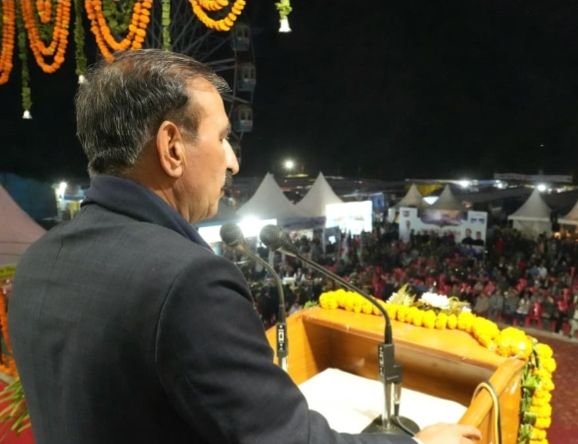Himachal Pradesh Chief Minister Sukhvinder Singh Sukhu has directed the Himachal Pradesh Power Corporation Limited (HPPCL) to accelerate long-delayed hydropower and renewable energy projects. The decision marks a defining moment for the state, which has long envisioned becoming a **Green Energy State**, leveraging its abundant river systems and topography.
A flagship project among these is the **450 MW Shong Tong–Karchham hydroelectric project**, which had been facing administrative and environmental delays. The CM’s new directives aim to cut procedural bottlenecks and ensure time-bound construction. This renewed push emerges amid mounting pressure to strengthen revenue streams, expand employment avenues, and reduce dependence on external energy sources.
Hydropower remains Himachal’s primary natural strength. With over 27,000 MW potential, the state is yet to fully tap into its capacity. However, environmental challenges—glacier retreat, river flow changes, and increasing instances of flash floods—demand a fresh strategy that balances ecology and development.
The government is also exploring solar energy corridors in high-altitude plateaus of Lahaul-Spiti and Kaza, where low population density and clear skies offer ideal conditions for large-scale solar generation. The CM has emphasized modern grid systems, battery storage models, and public–private partnerships to build an energy-efficient ecosystem for the next decade.
Local communities, while hopeful about employment opportunities, have raised concerns regarding displacement and environmental impact. Experts argue that lessons must be learnt from past hydropower missteps, where unregulated construction contributed to slope instability in several regions.
Still, the push for green power is essential for both economic and environmental sustainability. If executed with scientific planning, Himachal’s hydropower and renewable projects could position it as one of India’s leading eco-friendly energy hubs.





